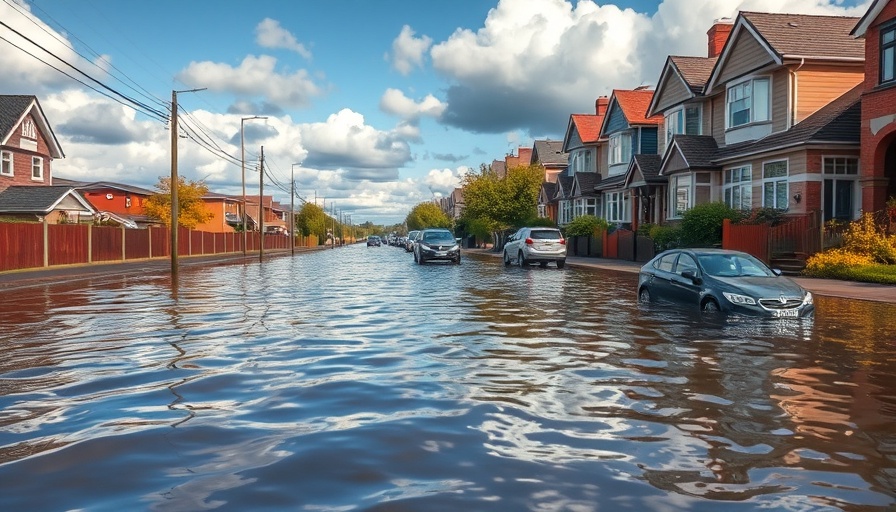
The Urgent Plea of De Soto Homeowners
In the heart of Missouri, the town of De Soto faces the harsh reality of repeated flooding, a situation exacerbated by climate change, toxic contamination, and a maze of government policies. Residents like Susan Liley have witnessed their homes engulfed by floodwaters, with multiple families having faced tragedy as a result of this natural disaster. As Mississippi River levels rise, so do the stakes for homeowners whose lives have become ensnared in a cycle of destruction and pollution.
Understanding the Buyout Process
The buyout solution, often seen as the last resort for families like those in De Soto, enables homeowners to sell their flood-prone properties to government entities at pre-disaster prices. This strategy aims to transform hazardous zones into safe open spaces, thus preventing new construction in risk zones. Since the FEMA's inception of buyout programs in 1989, about 50,000 homes have been removed from disaster-prone areas. However, the current framework seems to be shifting, leading many homeowners to worry if assistance will continue under changing political climates.
The Role of FEMA and Funding Challenges
With funds designated for flood buyouts becoming a contentious issue, homeowners question the reliability of FEMA's support. Recent allocations have provided nearly half a million dollars to buy out five homes, but many residents are left uncertain due to the restrictions imposed on participants, notably the requirement for flood insurance. Liley reveals that around 50-60 households have expressed interest in buyouts, with many lacking the necessary insurance coverage. The gap in support for uninsured families highlights systemic inequities that require immediate attention.
Wider Implications and Lessons Learned
The situation in De Soto is not unique; across America, communities are grappling with similar crises. The lessons learned from their challenges should spark a national dialogue on how to better structure buyout programs that cater to the most vulnerable populations. Without actionable insights, community recovery following natural disasters will continue to be fraught with uncertainty. As climate change worsens, municipalities must act decisively to ensure that the residents are not left behind.
Call to Action: Bridging the Gap for Affected Families
The plight of homeowners displaced by flooding and pollution calls for community engagement and advocacy for more inclusive policies. Residents are urged to remain proactive in seeking assistance and push for systemic change that accommodates all individuals, regardless of their insurance status. For more information on how to navigate the buyout process or to fill out a buyout interest survey, visit Buy-In Community Planning.
 Add Row
Add Row  Add
Add 




Write A Comment